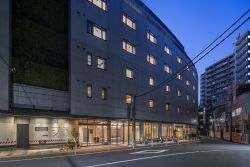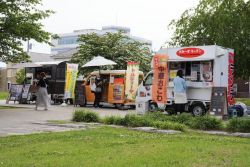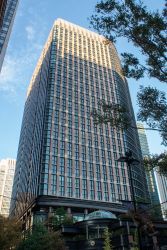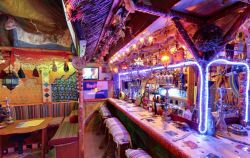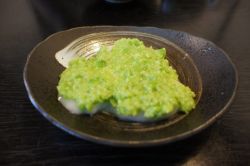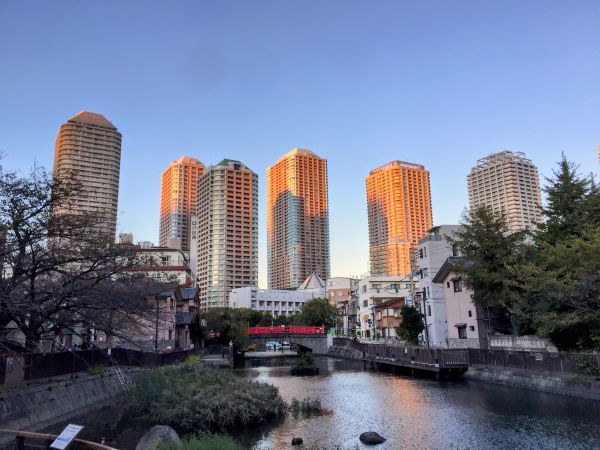
May 26, 2023
Tokyo Neighborhood Guide: Tsukishima-Tsukuda
Heartlands: Coastal strolls, wooden houses and monjayaki
As the heat rises in the city, walking among the mirrored surfaces of skyscrapers and along the paved streets, it can be easy to forget that Tokyo is in fact on the coast. But this gridded metropolis with its various towns and old lanes has a collection of islands that float among the modern developments in Tokyo Bay.
If you’ve ever heard of the twin islands of Tsukishima and Tsukuda, chances are it’s in relation to food. Tsukishima is home to a colorful main street that has been lovingly dubbed Monja Dori due to the sheer amount of monjayaki shops nestled along it. But, aside from the allure of this local pancake-esque delicacy, this waterside portion of Chuo Ward has enough interesting sights to keep you entertained during a day in the city.
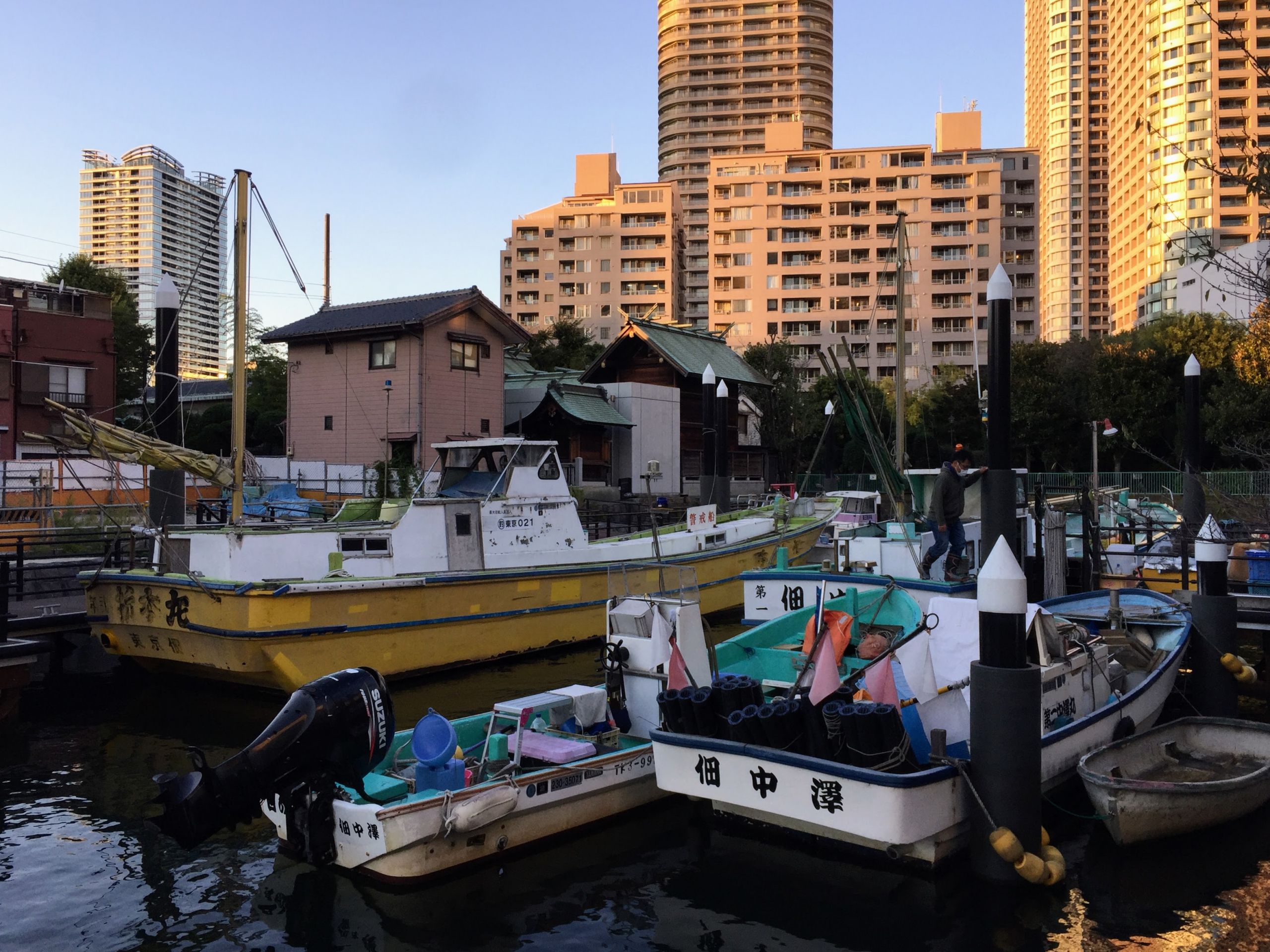
As you look at the map of the area both Tsukishima and Tsukuda appear strangely shaped, their outlines formed with straight lines and regular corners. That’s because these pieces of land have both undergone centuries of development that over time have molded the landmass into functional city spaces.
Tsukishima island’s blocky, unnatural right-angles are down to the fact that it’s human by design. The growing population of the waterside city needed more land and Tokyo was faced with a coastline mired by marshes and sandbars. Successive governments looked for solutions to the lack of livable land, which has led to reclamation works that still continue to this day. The project to reclaim land in the Sumida River estuary using soil dredged from Tokyo Bay, thus creating Tsukishima, was completed in 1892.
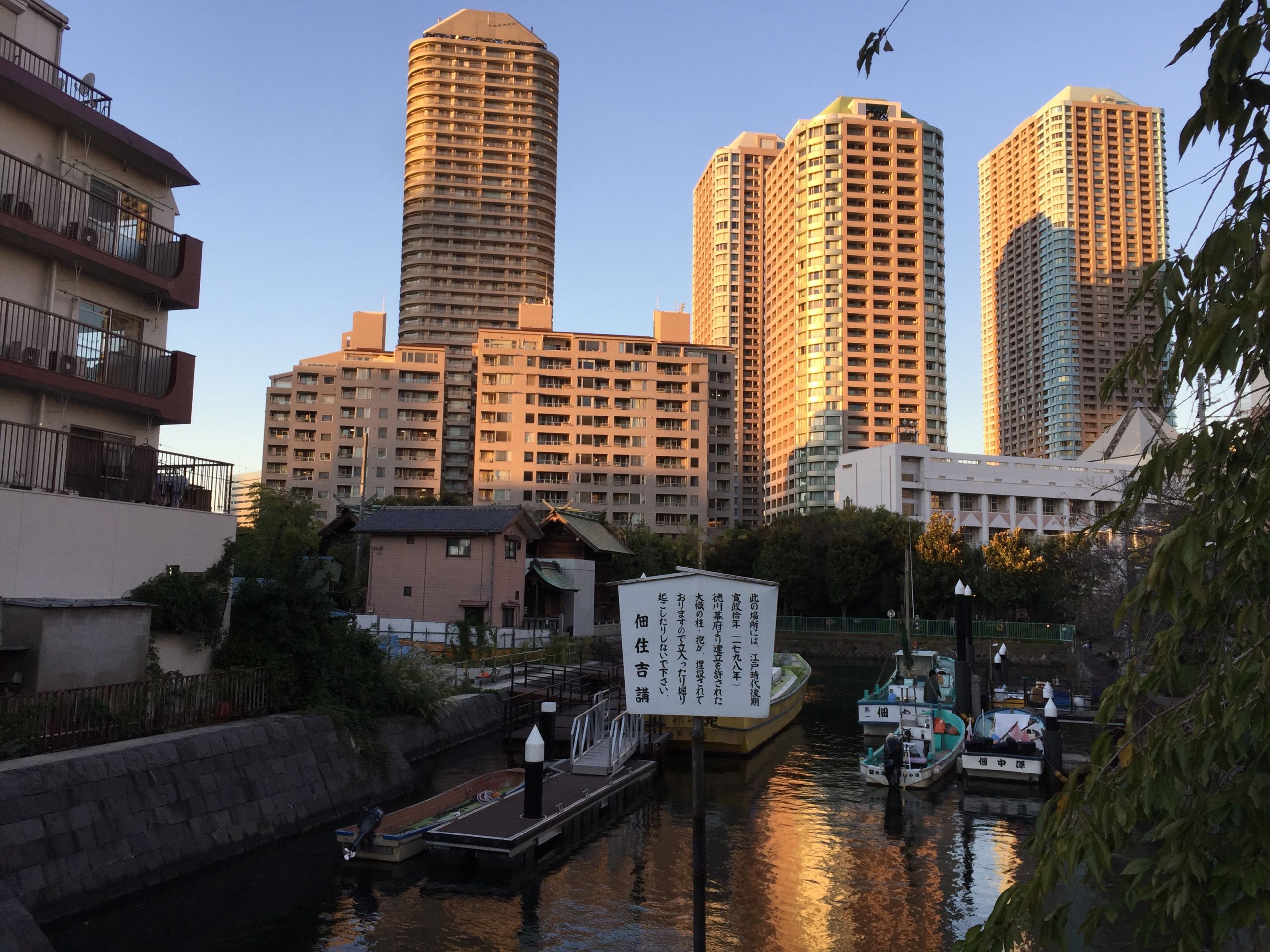
Far from Tsukishima of today, where in-demand modern apartments jostle for space, it was originally designated an industrial area. Factories and warehouses were constructed. Over time, local neighborhoods popped up to house the workers and eventually the local industry fell into decline. Today some pockets of the early-industrial district have retained their down-to-earth working atmosphere. Wooden houses line narrow lanes along old streets hidden in the shadow of more recent apartment blocks. The late 1980s brought public transport connections with the opening of the Tsukishima Station on the Tokyo Metro Yurakucho Line and later the Toei Oedo Line.
The story of the close neighboring island of Tsukuda is a little different. In fact, Tsukuda Island began life naturally as a spit of land which has been tied to the fortunes of Tokyo bay for centuries. It’s believed that Tokugawa Ieyasu, the first shogun of the Edo period (1603-1867), invited fishermen from Settsu Province (today’s Nishiyodogawa Ward, Osaka) to form a fishing community on the island. The trade has been woven into the island’s identity ever since; fishing boats still moor here and it even has its own famous sea-related dish, tsukudani (literally “Tsukuda simmering”), which is claimed by the locals to originate on the island.
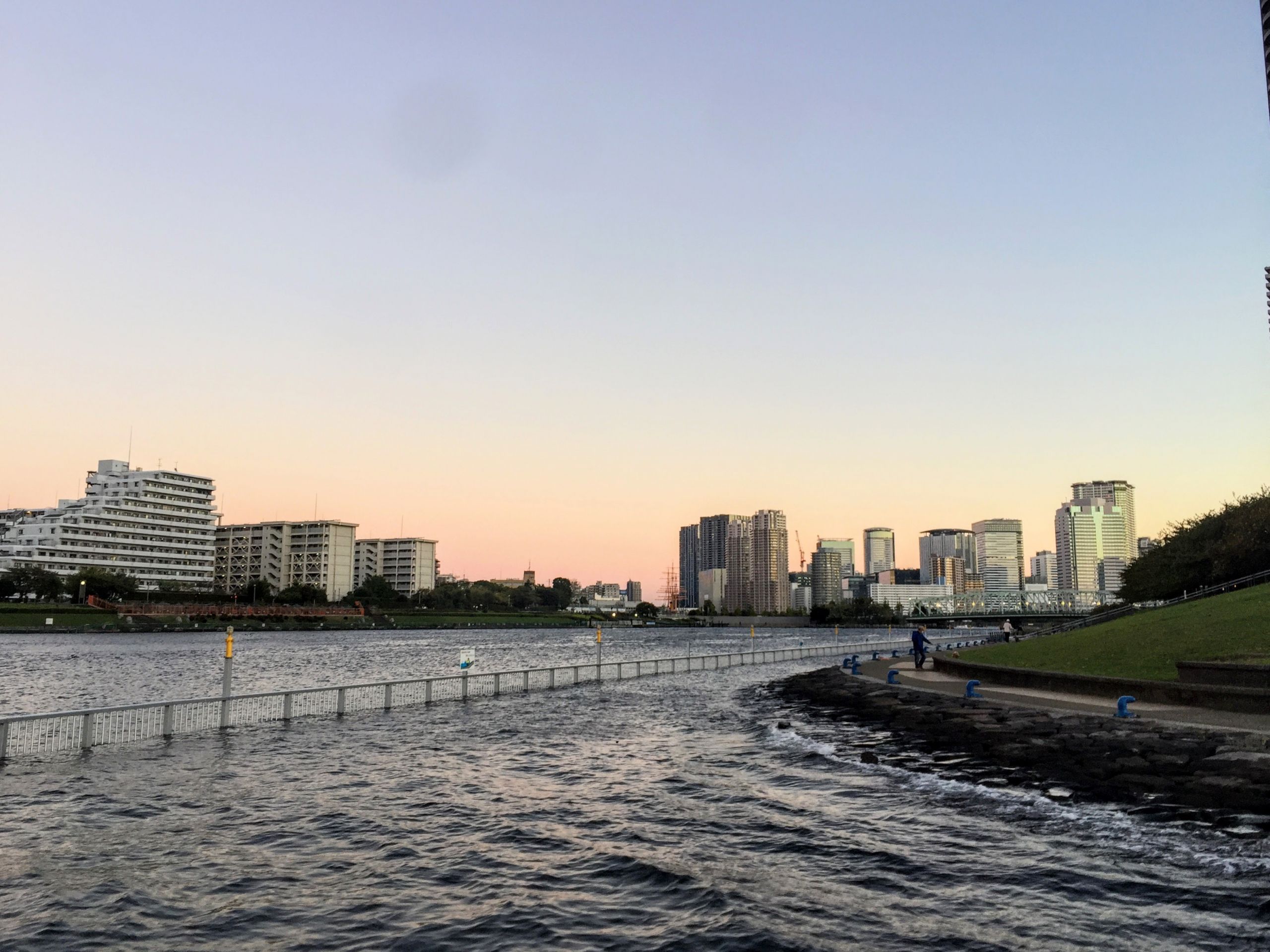
Even though the island is surrounded by urban sprawl, it has managed to maintain its own atmosphere and characteristics. Walking among its streets feels like stepping into a coastal village, far removed from the rush of inner Tokyo.
If you can, begin your explorations of these two islands by crossing over to Tsukuda Ohashi bridge. This entrance point offers up an intriguing vista of wooden houses and old kura (storehouses) peeking out over the water, and provides a good chance to get an overview of Tsukuda island contrasted by the contemporary city-scape. Just to the west of the bridge was once the location of the Tsukuda ferry dock which began operations 1645 and crossed between Funamatsu-cho and the island on the opposite shore. The ferry transitioned from a rowed boat to a tugboat in 1876, but less than 100 years later in August 1964, the historic ferry crossing was discontinued with the opening of the Tsukuda Ohashi bridge.
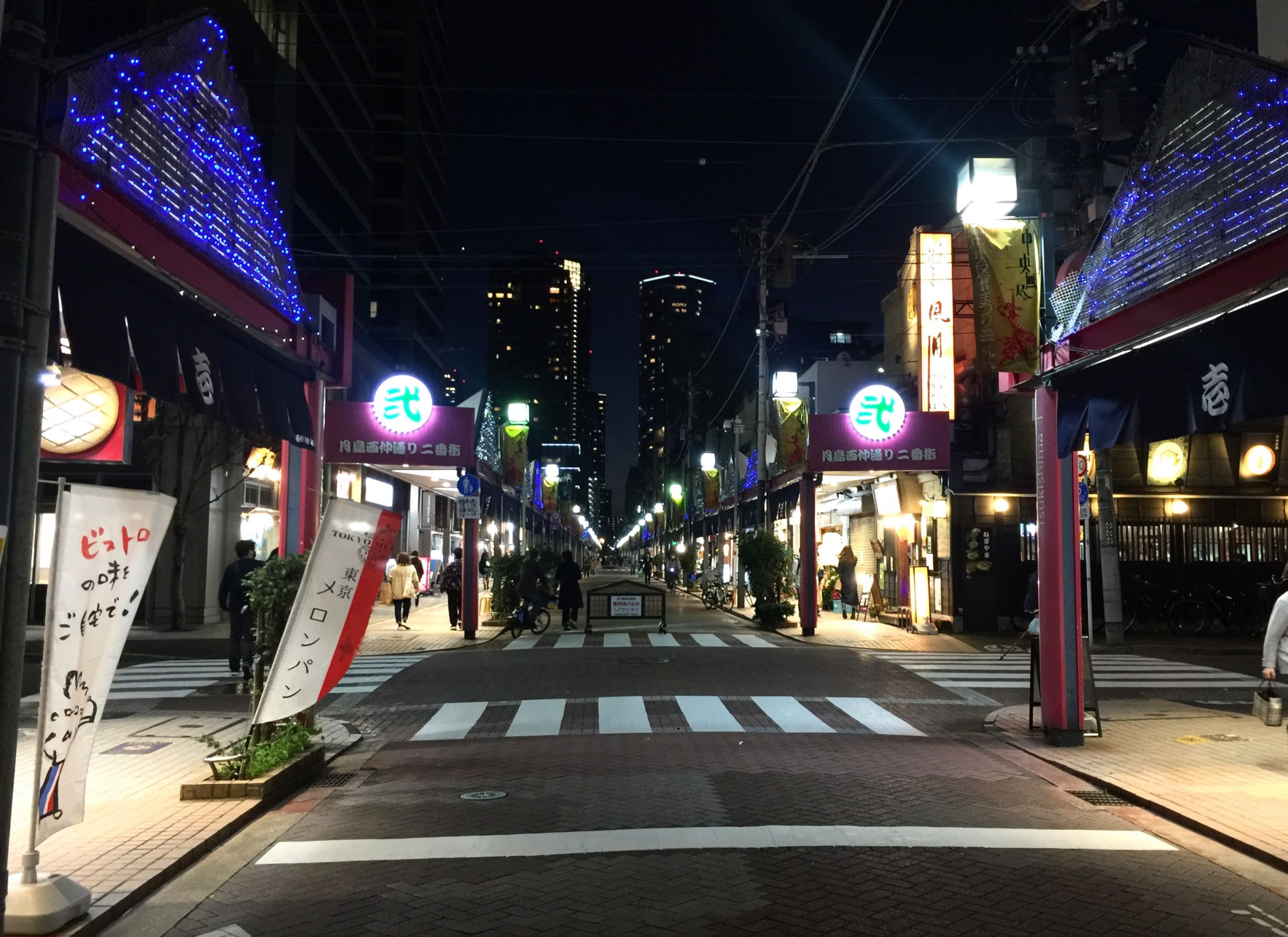
Across the bridge and onto the island, the grids of the Tokyo mainland turn to neatly paved streets and small, local shops that hide behind the protective sea wall. Sellers such as Tsukudani Ten’yasu advertise a variety of locally made tsukudani with skillfully hand-painted signs. The delicious local side dish — usually made of either small fish, seaweed or even meat simmered in soy sauce and mirin — is now a staple so ubiquitous that it’s found sold in department stores and grocery stores throughout the country.
Near here, with the aroma of simmering soy sauce in the air, the free Tsukuda Machikado Museum showcases the large Sengan Mikoshi, a 3.75 ton portable shrine, and a pair of beautifully maintained lion masks which date back to the early 1800s. From here there’s the opportunity to head along the waterside for a meander along the Sumida River Terrace, otherwise a vermillion shrine gate lures wanderers into the quietude of Sumiyoshi Jinja shrine, whose grounds are scattered with a number of smaller shrines. Look closely and you should be able to spot boats filled with fishermen carved into the shrine’s decorative woodwork.
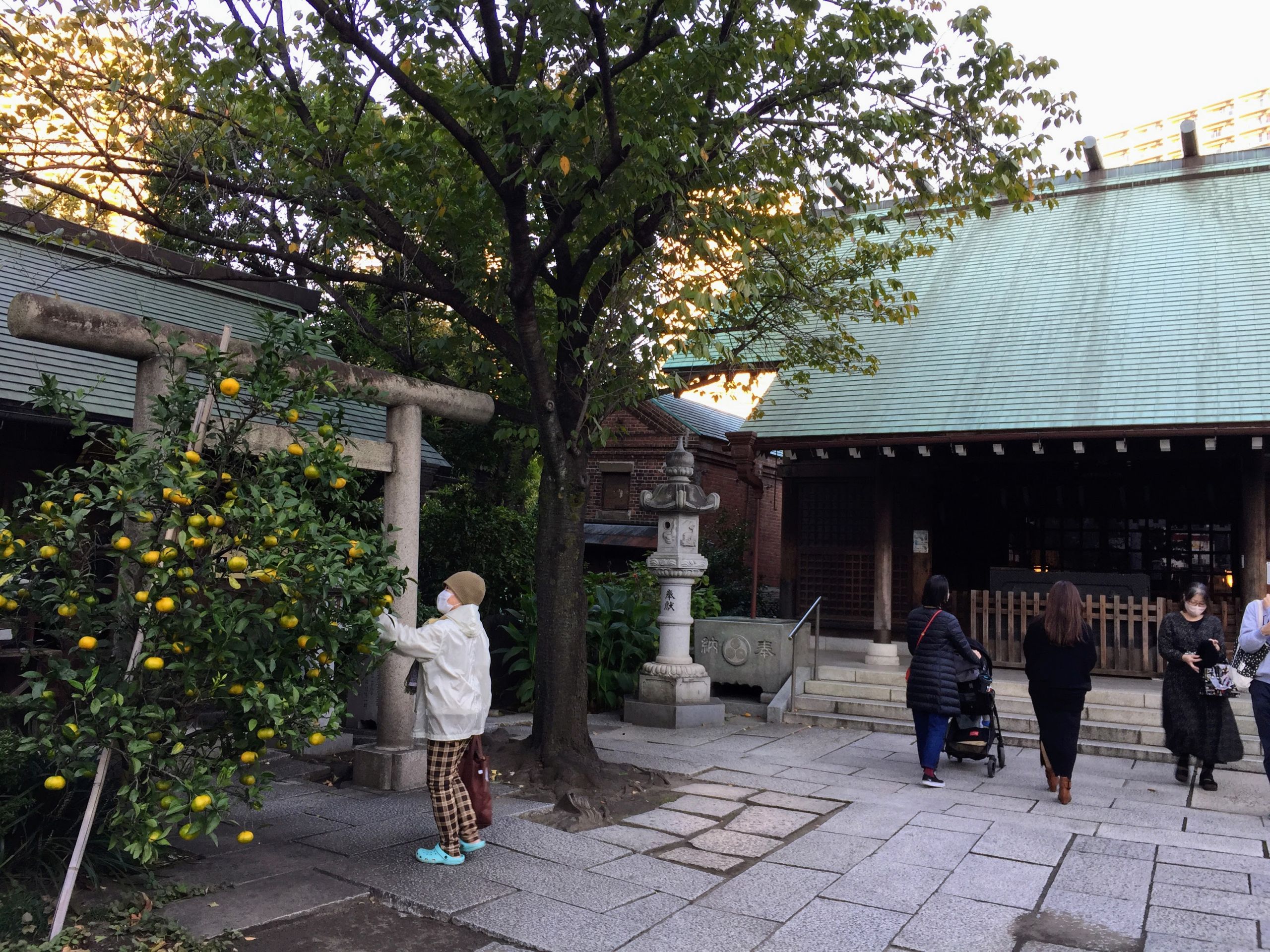
More quiet shrines and connections to the local fishing community of the island are dotted around the canal crossed by Tsukuda Kobashi Bridge. Here is the heart of local life where working fishing boats still dock up and residents spend time sitting in the shade on benches. Carve out some time in your day to explore the numerous roji (narrow lanes). which form a network of passages that span off of the main thoroughfares. Each of them is a secret world of neatly potted plants, old wooden doorways and hidden history. Along one of these passageways is Tsukuda Tendai Jizo shrine. This special place of worship sits at the base of an enormous gingko tree that has been swallowed up by neighboring houses over time.
After time spent ducking into the alleyways and local businesses of Tsukuda make your way to Ishikawajima Park. This waterfront greenspace runs alongside the far point of the island and provides some views of Tokyo’s glistening skyline, particularly pretty as the sun starts to slide into the horizon. Following this waterside walkway leads you around the coast all the way to Tsukishima. Along the way, you pass waterfront properties starting off as pricey high-rise apartments in the River City complex, and then shrinking to more local abodes with small gardens. The route brings you out into the glaring abrasion of the highway which cuts across the islands. Skip over it quickly and dive back into the plant-lined side streets on the opposite side. The main attraction of Tsukishima is just around the corner: Monja Dori. This is the place to satiate any hunger for lunch, or even better, for dinner.

The street has more than 80 monjayaki joints, some more polished than others, each with varying degrees of fame. In the evening a rainbow of lights color the proceedings as music plays to welcome the groups of friends and couples who parade up and down on the lookout for a bite to eat. Choose a restaurant that most suits your style (and taste buds) and allow yourself to be carried away by the excited evening ambience. Afterwards, if you have room, dessert can be picked up at Kyuei. The retro bakery specializes in melonpan for only ¥200. The classic sugar-topped buns are warm and crunchy on the outside, fluffy on the inside. Best eaten fresh on the streetside.
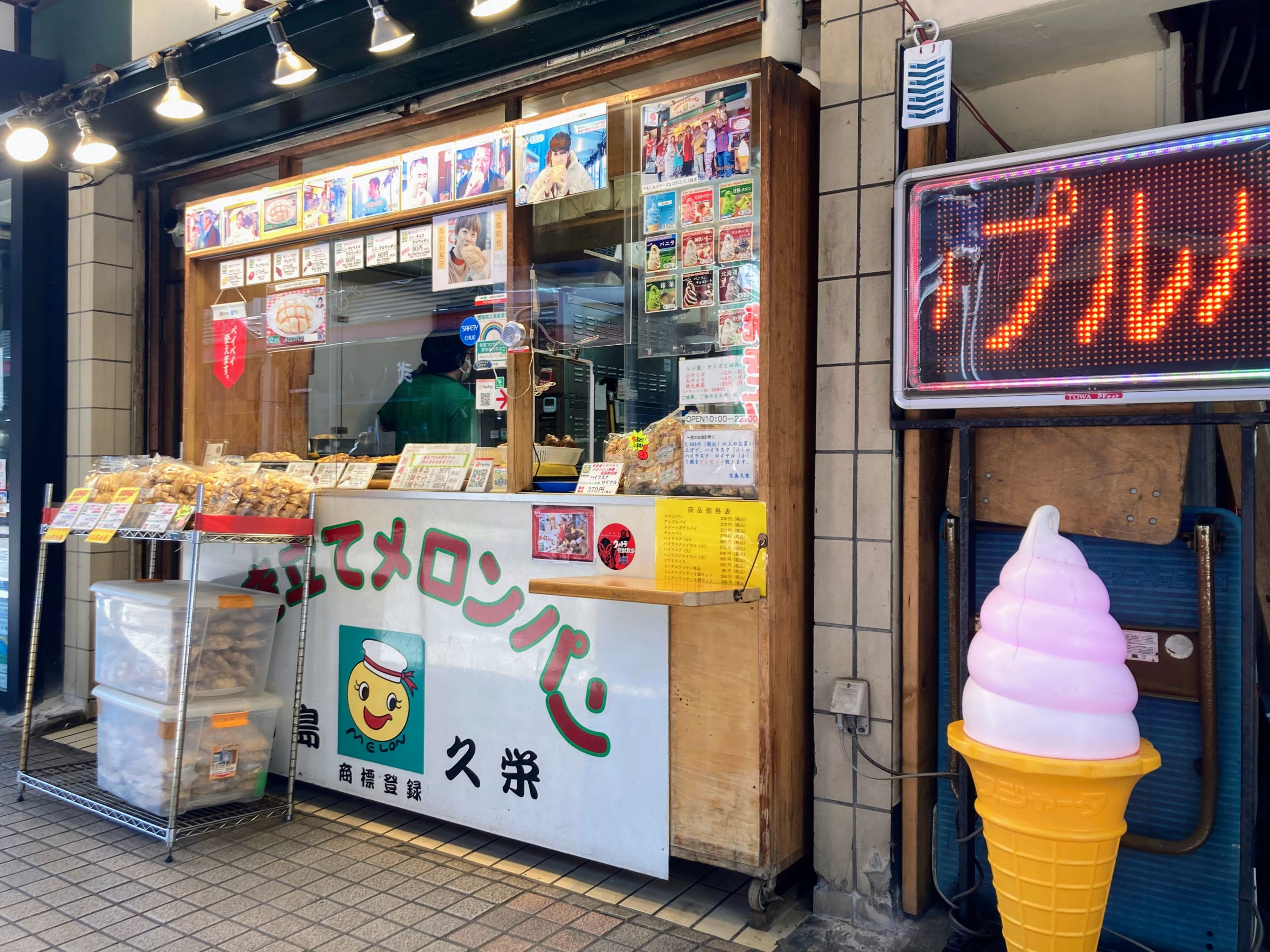
One more slice of hidden history awaits. Tsukishima Kannon shrine sits along a corridor at the bottom of an apartment block next to Bambi 3, another monjayaki joint. It’s an interestingly concealed place of worship. For those who wish to soak themselves in a hot bath, take the elevator next to the shrine to the Tsukishima Onsen. Be warned though — the owner of this particularly traditional public bath house has a reputation of being notoriously unfriendly. Otherwise it’s an easy walk to the nearest metro station through the glow of the monjayaki district and back into the rush of the center of Tokyo.
